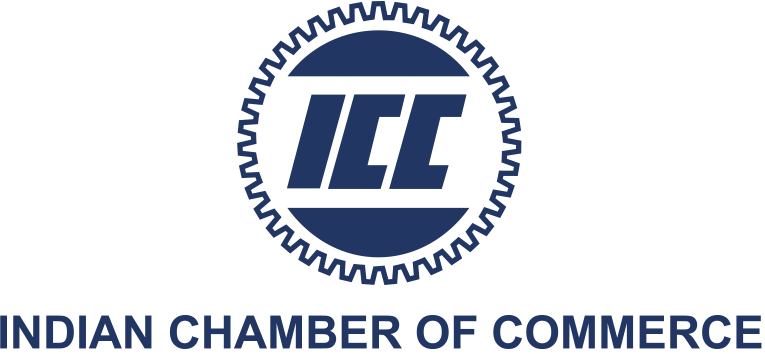The Indian retail industry stands as a cornerstone of the
nation's economy, contributing approximately 10% to the GDP and employing about
8% of the workforce. As of 2025, the sector is valued at over $1.2 trillion and
is projected to reach $2.5 trillion by 2035, driven by factors such as
urbanization, digital adoption, and supportive policy frameworks.
E-commerce: A Catalyst for Growth
E-commerce has emerged as a significant driver within the
Indian retail landscape. In 2023, online retail was valued at $105 billion and
is expected to surge to $550 billion by 2035, reflecting a compound annual
growth rate (CAGR) of 10%. This growth is attributed to increased smartphone
penetration, digital payment solutions, and the convenience of home delivery
services. Notably, quick commerce—offering rapid delivery times—has gained
traction, with companies like Zepto and Blinkit leading the charge. However,
sustainability concerns have arisen regarding the scalability and profitability
of such models, especially beyond major metropolitan areas.
Regional Expansion and Consumer Behaviour
The retail sector's growth is not confined to metropolitan
hubs; tier II and III cities are emerging as new retail hotspots, contributing
over 50% of e-commerce transactions. This shift is accompanied by a narrowing
urban-rural spending gap. In 2023/24, non-food expenditures accounted for
approximately 53% of per capita spending in rural areas and 60% in urban
regions, indicating a convergence in consumption patterns.
Challenges: Inflation and Consumer Spending
Despite the positive trajectory, the industry faces
challenges. Persistent food inflation has led to tightened budgets among
middle-class consumers, impacting discretionary spending. In November 2024,
urban consumption, a key driver of post-pandemic economic growth, showed signs
of slowing. Major consumer goods companies reported revenue declines,
underscoring the sensitivity of the sector to inflationary pressures.
Investment and Store Expansion
In 2024, the retail sector witnessed the opening of over 750
new stores and raised approximately ₹12,000 crores in funds. The southern and
western regions of India led in store openings, with 250 and 210 new
establishments respectively. This expansion reflects confidence in the sector's
potential, despite economic headwinds.
Future Outlook
The Indian retail industry is poised for substantial growth,
with projections indicating a market size of $2.5 trillion by 2035. The
organized retail segment is expected to expand its market share from the
current 12% to 17-19% within the same period. This evolution will be supported
by technological advancements, policy reforms, and a burgeoning consumer base.
In a nutshell, while challenges such as inflation and market
saturation in certain segments persist, the Indian retail sector's resilience
and adaptability position it well for sustained growth. Stakeholders must
navigate these complexities through strategic investments, technological
integration, and a keen understanding of evolving consumer behaviours to
capitalize on the opportunities within this dynamic market.
Role of ICC
The ICC National Expert Committee on Retail was constituted
in 2021 with the aim of addressing key policy, regulatory, and business
environment issues relevant to India’s dynamic retail sector.
Major events undertaken in 2024:
- INDIA
LUXE LIFESTYLE FORUM 2024











